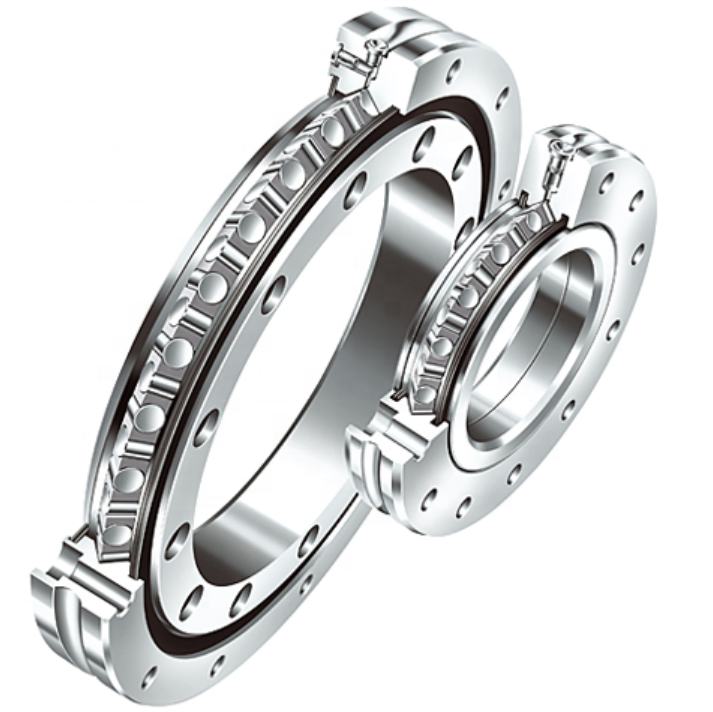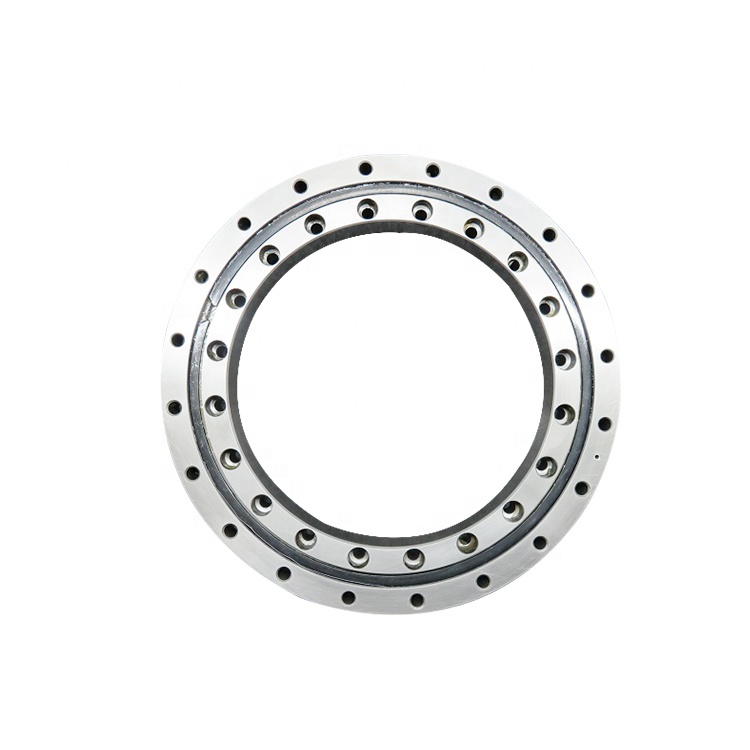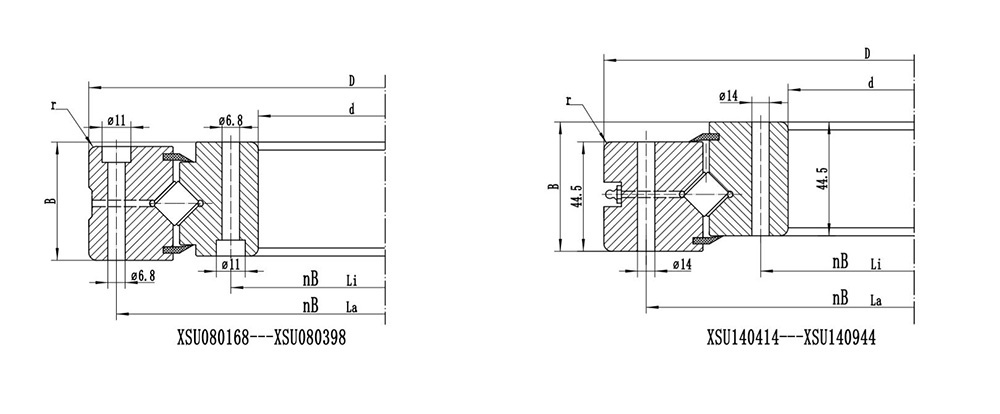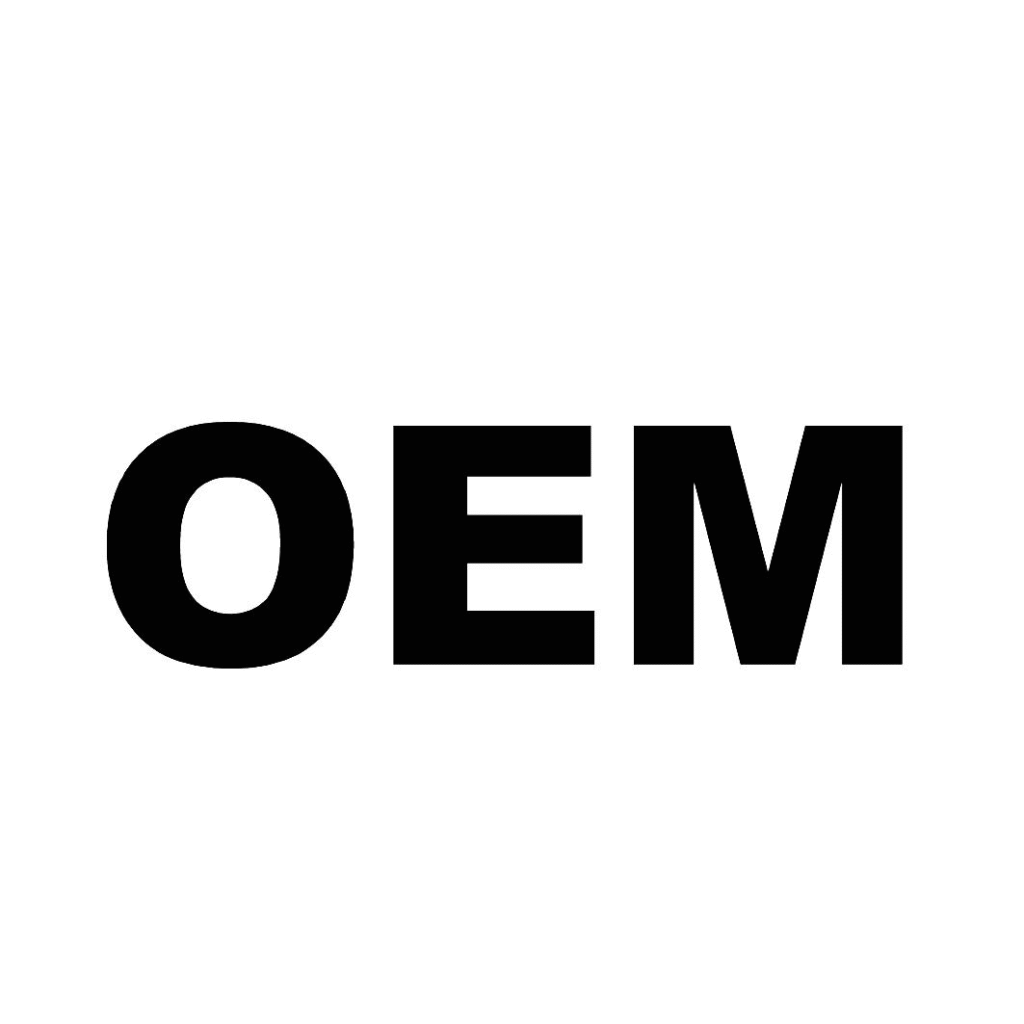Crossed roller bearings are pivotal components in various precision machinery applications, renowned for their ability to handle complex loads effectively. Among the different types of crossed roller bearings, the XSU series stands out due to its unique features, diverse applications, and numerous advantages. This blog post aims to provide an in-depth understanding of the XSU series crossed roller bearings, including its characteristics, applications, benefits, and common models.
Characteristics of XSU Series Crossed Roller Bearings
The XSU series is characterized by its innovative design that includes cylindrical rollers arranged in a crossed pattern within a single inner and outer ring. This configuration allows the bearing to support radial, axial, and moment loads simultaneously, making it incredibly versatile.
Some notable characteristics of the XSU series include:
- Compact Design: The crossed roller arrangement allows for a reduction in overall bearing size while maintaining high load capacities.
- High Precision: The internal geometry and surface finish of the rollers enable high accuracy and minimal play, essential for precision applications.
- Robust Construction: The use of high-quality materials ensures durability and resistance to wear and deformation.
- Low Friction: The roller-to-raceway contact minimizes friction, enhancing performance and energy efficiency.
Applications of XSU Series Crossed Roller Bearings
The versatility of the XSU series makes it suitable for a wide array of applications across different industries. Key applications include:
- Industrial Robots: XSU bearings are extensively used in robotic arms and joint mechanisms due to their ability to facilitate precise movements and load handling.
- Machine Tools: In CNC machines and precision milling equipment, these bearings support high-speed rotations and heavy loads with stability.
- Medical Equipment: XSU series bearings are used in medical imaging and surgical devices, where precision and reliability are crucial.
- Aerospace: In aeronautical applications, these bearings are utilized in actuators and control systems, providing lightweight yet robust solutions.
Advantages of XSU Series Crossed Roller Bearings
The XSU series offers several benefits that contribute to its widespread adoption:
- Enhanced Load Capacity: The crossed roller design allows for the efficient redistribution of loads, enabling the bearing to handle higher loads than traditional bearings of similar size.
- Reduced Maintenance: The robust construction and low friction properties translate to lower wear rates, thus reducing maintenance needs and extending service life.
- Improved Stability: Its ability to support combined loads ensures that equipment remains stable, reducing the risk of failure during critical operations.
- Easy Installation: Due to their design, XSU bearings can be easily integrated into existing systems without requiring extensive modifications.
Common Models of XSU Series Crossed Roller Bearings
Various models within the XSU series can cater to different load requirements and operational conditions. Some commonly used models include:
– XSU035: A compact model suitable for small robotic applications, offering a maximum radial load capacity while maintaining low weight.
– XSU050: Designed for mid-range applications, this model balances size with load capacity, making it ideal for machine tools.
– XSU075: A larger bearing that can accommodate heavier loads in robotics and aerospace applications, with enhanced durability for long-term use.
Conclusion
In summary, the XSU series crossed roller bearings represent a significant advancement in bearing technology, offering unique characteristics and advantages that meet the needs of modern applications. Their ability to support complex loads, combined with a design that promotes precision and durability, makes them a preferred choice in various industries. As technology continues to evolve, the demand for innovative bearing solutions like the XSU series will only increase, paving the way for new applications and improvements in efficiency. Understanding the capabilities and specifications of these bearings is essential for engineers and manufacturers looking to leverage their benefits in their respective fields.







